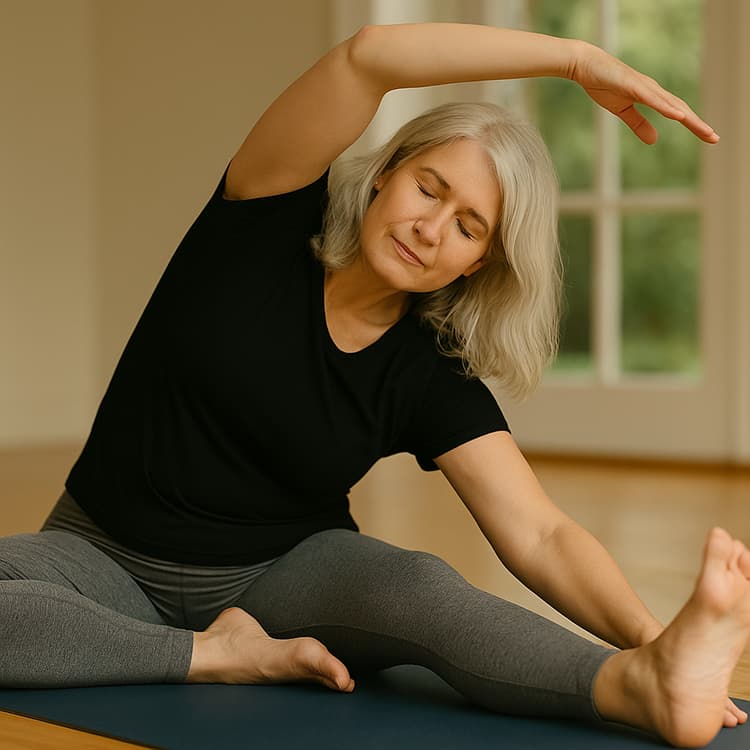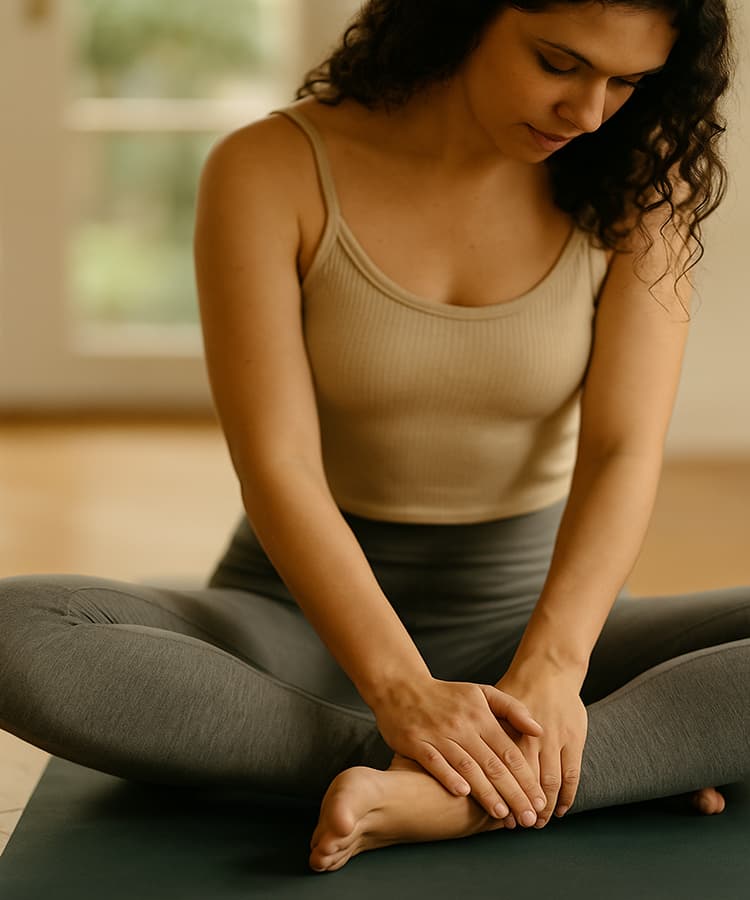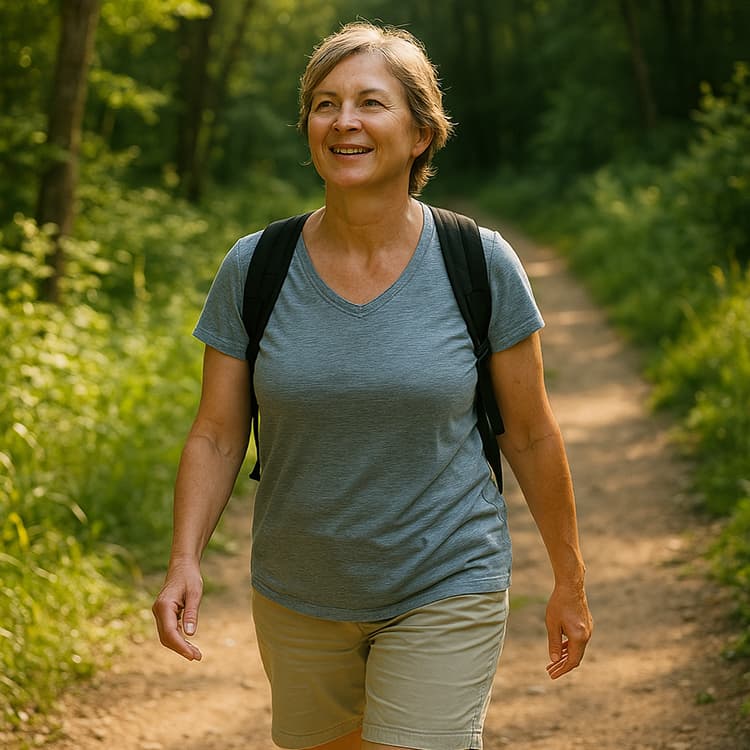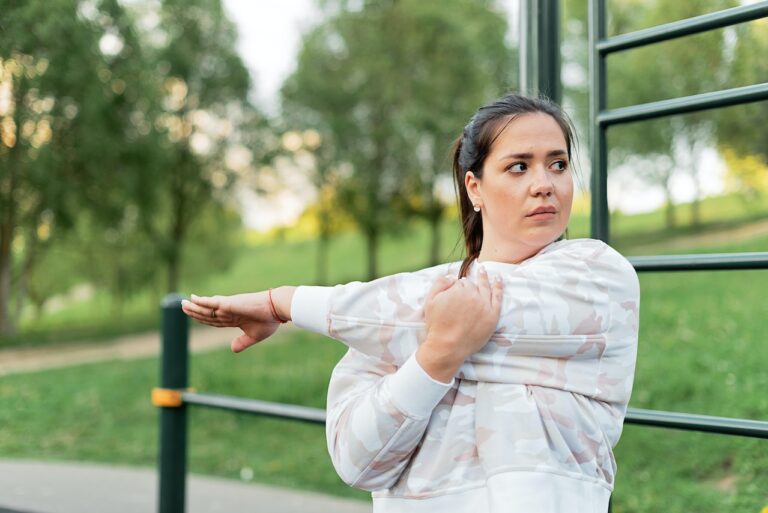Recovery doesn’t have to mean stopping everything. In fact, the idea that rest means lying still is often misleading. Many people recover faster, feel better, and avoid long-term aches when they keep moving – just differently. Whether you’re managing stress, getting over a tough workout, recovering from travel, or simply trying to avoid burnout, there are ways to move that actually support healing.
Gentle exercises like yoga, slow stretching, and mindful breathing can help you reset both physically and mentally. In this article, we explore how movement can be used not to push harder, but to build resilience, improve circulation, release tension, and restore energy. These moves are simple, practical, and can fit into even the busiest schedule – no need for fancy equipment or extreme routines.
Movement That Gives Instead of Takes
Many people think of exercise as something that should always leave them sweaty and sore. But when you’re in recovery mode, whether from emotional stress or physical fatigue, that kind of movement can do more harm than good. Your body needs support, not another challenge.
That’s where gentle and restorative movement comes in. These practices are designed to feel more like nourishment than effort. Think of a slow walk in nature, a light stretching session in your living room, or a yin yoga class where poses are held for several minutes with the help of props. This type of movement helps to reduce inflammation, improve blood flow, and calm the nervous system.
Yin yoga, for example, targets deeper connective tissues and encourages long, quiet holds. The aim is not to stretch to your maximum, but to relax into stillness and release physical and mental tension. You can read more about how yin yoga works and why it’s so effective for recovery read here. A regular practice can support your body’s natural repair processes and provide a sense of emotional grounding.
Making Breath Part of the Routine
We often forget that breathing is a powerful tool for recovery. It’s free, available anytime, and can shift the body into a calmer state almost instantly. The nervous system is closely connected to how we breathe. Fast, shallow breathing sends signals of stress; slow, deep breathing tells the body it’s safe.
By practicing conscious breathwork (also known as pranayama in yoga), you can slow your heart rate, improve oxygen delivery to muscles, and even lower your blood pressure. These benefits are especially valuable after long periods of travel, lack of sleep, or intense work schedules – all things that disrupt the body’s ability to recover naturally.
One simple breathing pattern is box breathing: inhale for four counts, hold for four, exhale for four, and pause for four. Do this for a few minutes, and you’ll likely notice a sense of clarity and ease.
Try making breathing a part of your existing routine – for example, during your morning stretch, or before you sleep at night. While it may seem small, the cumulative effect can be big. Breathwork is a regular part of many classes offered in quiet wellness-focused spaces like yoga em cascais, where physical movement is combined with mindful breathing to support deeper recovery.
Stretching Smarter, Not Longer
There’s a difference between stretching because you “should” and stretching in a way that actually helps. When your body is tense, sore, or stiff, it’s not just about loosening muscles – it’s about supporting healthy movement patterns and reducing strain.
Instead of long, painful stretches, consider short movements that invite your body to relax. This includes dynamic stretching – where you move gently in and out of a position – and mobility work, which targets how your joints move rather than how far you can push a muscle.
For example, gentle neck rolls, shoulder shrugs, or seated spinal twists can be done while sitting at a desk or resting on the floor. These movements help the body stay loose and balanced, especially when paired with breath.
Another helpful approach is pairing light stretching with calming music or doing it in a peaceful space – ideally free from distractions. In many recovery-oriented classes, instructors emphasize this mindful approach over intensity, focusing on quality rather than quantity.
Stretching doesn’t have to be a separate workout. It can be woven into your day in small doses: a stretch when you get out of bed, a few minutes on the floor before dinner, or a short sequence before sleep. Over time, this consistency supports flexibility, posture, and comfort.
Choosing the Right Environment to Heal

Environment plays a huge role in how well and how quickly we recover. Being surrounded by natural light, calm colors, quiet spaces, or even just fresh air can positively impact both physical and mental well-being. In contrast, noisy or cluttered spaces often increase stress and prevent full relaxation.
If possible, choose settings that match the recovery experience you want. A quiet studio with dim lighting can be more beneficial than a loud gym. If you’re outdoors, a park, garden, or quiet beach allows you to tune into your body without overstimulation.
Many people find that when they practice yoga or slow movement in places with a natural backdrop – like the coastline or forested areas – their body responds more gently, and the mental stress begins to fade.
Even at home, you can improve your environment for recovery. Light a candle, roll out your mat, play gentle music, and turn off your phone. Give your body permission to slow down. You don’t need much – just a space where stillness feels possible.
Studios that offer outdoor or nature-connected sessions often structure their classes around the idea that healing happens faster when you’re surrounded by calm. That’s why places like yoga em cascais tend to draw people who aren’t just looking to work out, but to feel better overall.
Conclusion
Moving through recovery doesn’t mean stopping everything. It means shifting your approach – from pushing to listening, from speeding up to slowing down. By incorporating mindful movement, breathwork, and stretching into your day, you help your body restore itself, without falling into total inactivity.
The goal isn’t perfection. It’s about building small habits that support long-term strength, flexibility, and calm. Whether you’re recovering from stress, illness, or simply need a mental break, gentle movement gives your body what it needs without asking for more than you can give.
So take a walk. Breathe for five minutes. Stretch slowly. Let movement become a source of energy, not exhaustion. And if you ever find yourself near the sea, drop into a slow-paced class at yoga em cascais – sometimes the right setting is the missing piece to feeling like yourself again.










